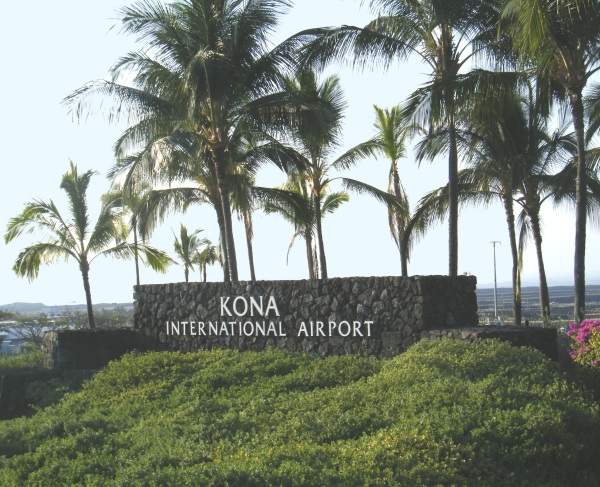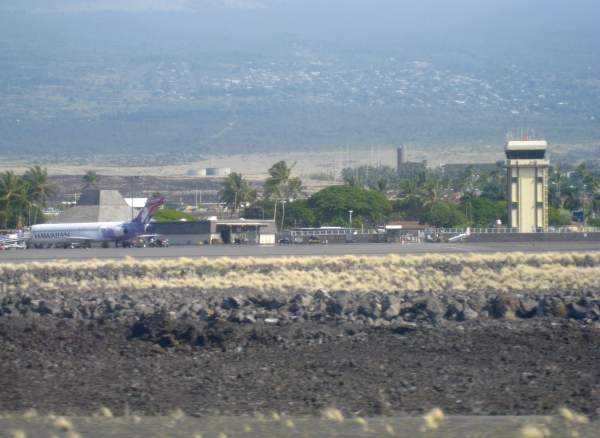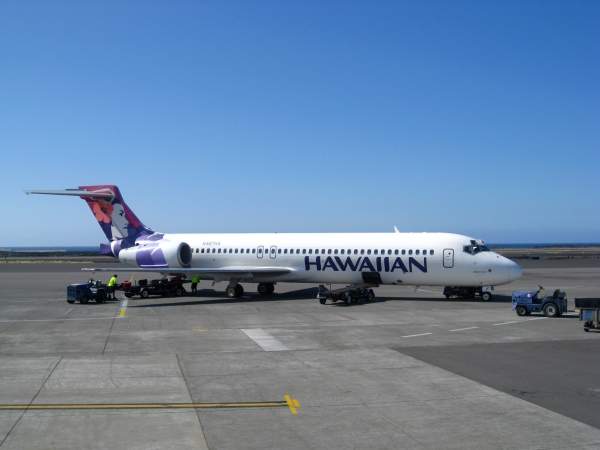Ellison Onizuka Kona International Airport is located seven miles from Kailua-Kona in Hawaii, US. Originally known as Ke-ahole Airport, the airport was renamed Ellison Onizuka Kona International Airport in January 2017, in honour of fallen Challenger astronaut Ellison S. Onizuka.
It is spread over 3,450 acres and is operated by the Hawaii Department of Transportation. The airport handled 3.07 million passengers and recorded 135,064 aircraft operations in 2015. It also handled 19,564 of cargo during the same period. It has one asphalt-paved runway (17/35) of 3,353m length.
Master plan for the Hawaiian airport
The master plan of the airport was prepared in 2010. It envisaged the construction of a new parallel runway at the airport and expanding the existing runway length to 3,657.6m. It also proposed the construction of a second-level concourse with jetways.
Expansions of the international airport
The 12-year Hawaii Airports Modernisation Program was initiated in 2006 with an estimated investment of $2.3bn. As part of the modernisation, the airport was improved through numerous development projects.
The projects completed so far included fencing of the entire airport perimeter, construction of maintenance roadways at the general aviation area, construction of TSA security points and air-conditioned enclosures, the addition of 100 stalls in the new resurfaced parking lot, painting the terminal exterior and replacing skylights at restaurant buildings, and replacing the baggage carousels at the South terminal.
Many improvements are still underway as part of the modernisation programme. Some of them include expansion of the parking lot with an additional 392 stalls and rehabilitating the cargo apron.
Long-term improvements include the expansion of the terminal and addition of five new gates, providing additional baggage carousels at the South terminal and extra hold rooms. Relocating the firefighter station and aircraft rescue to the front of ATC tower was completed in 2014 and the relocation of the Onizuka Space centre was also completed.
HOK collaborated with Kya Design Group to design the terminal expansion. The project includes the expansion of the terminal, the addition of a new two-level concourse, five new gates for overseas flights and six reconfigured inter-island gates.
A $7.1m project was initiated in July 2008 as part of the modernisation. The project includes developing an additional 563 public and employee parking spaces, as well as resurfacing the parking lot at the main terminal.
It also includes landscaping and installation of lighting, concrete curbs, wheelstops and pedestrian walkways. The airport will have more than 1,813 public and employee parking stalls after completion of the project in 2019.
Terminals and ATC at Hawaii’s Kona International Airport
The airport has two passenger terminals designated as South and North terminals. Both the terminals feature similar passenger amenities.
The common passenger facilities include arrival and departure hall, security checkpoint, check-in counters, baggage claim, restaurants and car rental offices. The North terminal has a variety of retail and fast food restaurants.
The air traffic control (ATC) tower at the airport became operational in May 1970. The height of the ATC tower is 47ft.
Construction of a $39m new control tower was initiated at the airport in 2007. The new ATC tower is 100ft in height. The tower construction started in late 2009 was completed in 2013. The construction contract was awarded to Nordic PCL Construction.
The airport has numerous ground transportation facilities available. The Hawaii County Mass Transit Agency runs bus services between the airport and Kailua-Kona town.
The car rental companies are located near baggage claim areas A and B. The companies include Alamo, Avis, Budget, Dollar, Enterprise, Hertz, National and Thrifty. The airport is also served by various taxi service companies. Shuttle service counters are located in the baggage claim area.







